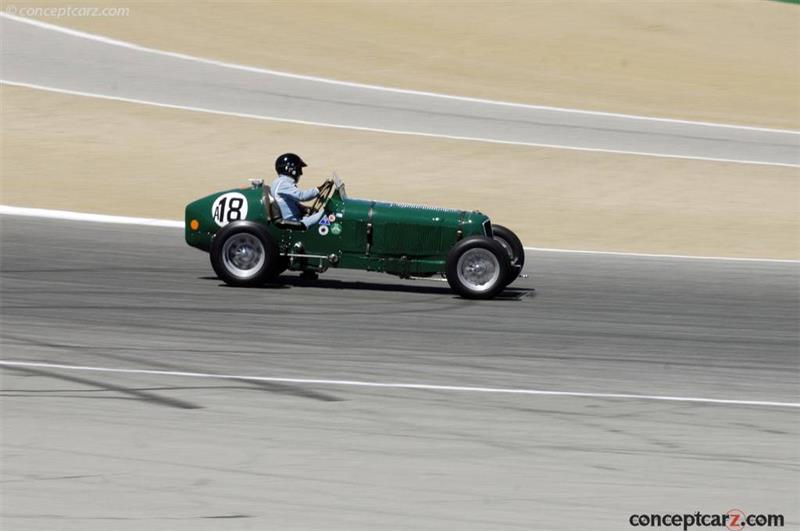English Racing Automobiles—ERA to its fans—would get its beginnings in Lincolnshire at the home of Raymond Mays. With the help of friends Peter Berthon and Humphrey Cook, ERA would be established to stem the tide of French and Italian dominance in the years following the First World War. The result of their work would be one of the most dominant lines of small voiturettes the world had ever seen. And though the ERA would become widely popular with English and foreign privateers throughout the pre-war 1930s, there would be just one of the company's last evolution ever made—the R4D.
Monoposto
View info and historyAlthough Mays, Berthon and Cook would make their voiturettes available to customers, they would primarily design and build cars for themselves. It would all start with the R1A back in 1934.Mays had been a regular in the hill climbing scene and would be quite successful until events, like those held at Shelsley, would become invaded by foreign entries. It would become abundantly clear that the technology and ability of the British-made cars suffered compared to those cars coming and competing that were from mainland Europe. Mays would then go looking for a competitive alternative. He would find what he was looking for in the Riley Motor Company.Riley Motor Company had introduced its new Brooklands Six and went on to win its class in the 1933 and 1934 running of the famed 24 Hours of Le Mans. The Brooklands Six would then become the prototype for the competitive MPH design. Mays would recognize the abilities of the MPH and would partner with Riley to create a car specifically for hill climbing and taking on the European challenge. What would result would become known simply as The White Riley.
Monoposto
View info and historyEquipped with the dual rear wheels, the White Riley would go on to break the Shelsley Walsh Hillclimb record in 1933 and showed that a British-designed car was capable of defeating the best from the European mainland.The fame earned by Mays with the White Riley would enable him to establish the necessary funding to start ERA along with Berthon and Cook. The White Riley would then serve as the prototype for the first of the ERA chassis.The first chassis, the R1A would be unveiled to the public at Brooklands in May of 1934. And after some early problems, mostly having to do with handling difficulties, the R1A would enter its own and would score a couple of notable victories. The arrival of the ERA R1A would truly become complete when they took 1st, 3rd, 4th and 5th places at the Nurburgring in 1935.
Monoposto
View info and historyThe success of the car would bring a number of privateer competitors calling upon Mays, Berthon and Cook. Perhaps none of their customers would be any more famous than Dick Seaman who would go on to drive for the Mercedes-Benz team just before the outbreak of the Second World War.In the hands of drivers like Seaman, the ERA would establish itself as the most dominant marque in the voiturette class. But Seaman wouldn't be alone. Two Siamese princes, Chula Chakrabongse and Bira Birabongse would come to establish The White Mouse Garage and would use an ERA chassis. Prince Bira would be the team's driver and he would quickly become a very successful driver in voiturettes, and would even continue his racing career into the first half decade of the Formula One World Championship.But while many privateers would take use of the ERA chassis and would earn a great deal of success, Mays, Berthon and Cook would not just sit back and let others do all of the racing with their cars. In fact, Mays would go on to set a number of hillclimbing records while at the wheel of R1A and many of the subsequent models.
Monoposto
View info and historyThe R1A chassis type would be built and raced mostly by the works team. The next model, the R1B, would be just slightly revised and would be made available to customers. This would prove to be one of the longest running chassis models for ERA as there would be 13 models built. This would be the type of model in which Dick Seaman and Prince Bira would experience some of their greatest moments and triumphs. In fact, it would be Seaman's performances in an R1B that would earn him that spot with the Mercedes-Benz team. But Prince Bira wasn't to be forgotten. Between his three examples of the R1B he would go on to earn more than 20 British and International victories and a vast number of top finishes otherwise.Neither of the ERA chassis would vary all that much from each other. Each model example would exhibit just one of two changes from the previous model. This was not something that hindered the success of the cars as they would continue to be competitive on the track. More than anything, it would be the result of the fact that motor racing, especially in Britain, before the Second World War was a proposition that offered little chance at financial success. This was very much the case for ERA that would struggle to meet its costs despite selling a number of customer ERAs.Despite the financial troubles and the deteriorating situation on the European mainland, Mays, Berthon and Cook did what they could to continue to evolve their chassis and make it as competitive as possible. This would eventually lead to the R4D.
ERA would take their older chassis and would evolve them into newer models instead of making all-new cars. This enabled the company to keep its costs down while also keeping their cars competitive. The R4D would be a sole creation for Mays. Originally, the car started out its life as R4B in 1935, but it would then be changed and modified into a C-Type boasting of a torsion bar independent front suspension.
Monoposto
View info and historyDuring the winter of 1937 and 1938, the crew at ERA would set to work modifying the car once again. Designated the R4D, this lone example would feature a fully boxed frame, lightened chassis and a Zoller supercharger that enabled the engine to produce more than 200 hp. This kind of power would enable Mays to go and set a number of pre-war records in hillclimbs, such as at Shelsley Walsh. The car would also prove quite successful in sprint races and other track events.The R4D, in spite of its success, was to be a one-off production as there would be problems at ERA in 1938. Cook, who had been the principal financier of the company, was having trouble justifying his continued support of the company. This was further exacerbated by the company's lack of direction and difference of opinion concerning the future.Mays and Berthon had always had the dream of building a full-fledged grand prix car. Cook, seeing the financial picture of such a venture, would be discouraged from such an endeavor and would want to maintain focus on the lower formulas. Ultimately, this, and the coming war, meant the R4D would be the only example of the D-Type to be built.
Though Chamberlin would declare 'Peace in our time', the sad reality is that world war was looming on the horizon. What was also on the horizon was the end of ERA has everyone knew it. Though the company would re-emerge following the end of the war, Mays and Berthon would have moved on in their effort to start British Racing Motors (BRM).
Monoposto
View info and historyEven though the ERA story, at least the pre-war tale of the company, had come to an end, R4D's career would be anything but over. Following World War II, the car would remain in active competition. Mays, however, would be too busy focusing on BRM to campaign the car regularly, and therefore, would end up selling the car to Ron Flockhart. Despite the fact the car, in its D-Type configuration, was more than 15 years of age, Flockhart would manage to take the R4D to Bo'ness Hillclimb and would come away with a record setting time. This would lead to the car being featured on Autosport magazine. And it would be because of this success that Flockhart would become a BRM driver and a very competitive participant in the 24 Hours of Le Mans.Following Flockhart's ownership, the R4D would change hands and would become the property of Ken Wharton, another of the BRM drivers. He would use the car in the RAC Hill Climb Championship and would even go on to score three victories in the Brighton Speed Trials. This helped to bring the total number of victories at the Brighton Speed Trials to seven.
Monoposto
View info and historyFrom the mid-1950s onwards, the R4D would have a variety of owners and would continue to take part in a number of events. The car would then be campaigned in historic events and would continue to shine earning success in the hands of Neil Corner and Willie Green.Over the course of recent years the R4D has been owned by Anthony Mayman, and then, James Mac Hulbert. Considered a difficult car to drive for even the most experienced of drivers, Mayman would take the R4D and would be almost immediately successful with the car in historic events. And, at the wheel of the car, Mayman would go on to score a number of records in circuit events, as well as, hill climbing competitions. Still in active competition, the R4D remains one of the most successful pre-war cars in competition scoring a number of top results in historic races and other such events.Having a special place in ERA history, the car's owner, following the death of Mayman, would enter the car in the Bourne parade on the 29th of August in 1999. One year later, Michael Steele would sell the car to James Mac Hulbert who would then have the car painted black with a silver chassis frame and would take part in the 2001 Silverstone Historic Festival.
Monoposto
View info and historyUsually, amidst a loss of focus and confusion, things go spinning wildly out of control and eventually end up in tragic failure. Just before ERA, particularly Mays and Berthon, would lose its way, the company would go on to produce the D-Type chassis. By the time the car was finished it was clear ERA's dominance in voiturette racing was also finished. Still, the sheer power and ability of the R4D helped to keep the car competitive for years to come. Though largely overshadowed by its more numerous siblings, the R4D certainly achieved a level of success, in a short period of time, that would make it a suitable member of the ERA family. In many ways, its rarity and competitiveness would make it the envy of the family.Sources:
'ERA Chassis Ownership Histories 1934 to Date', (http://www.eraclub.co.uk/section405354.html). The ERA Club. http://www.eraclub.co.uk/section405354.html. Retrieved 10 December 2012
.
'The ERA Cars', (http://members.madasafish.com/'d_hodgkinson/ERAcars.htm). The British Racing Motors. http://members.madasafish.com/'d_hodgkinson/ERAcars.htm. Retrieved 10 December 2012.The ERA Story. Video. (1995). Retrieved 10 December 2012 from http://www.motorsportworld.tv/channels/marque-histories/marquemodel-histories/348069/
Monoposto
View info and historyWikipedia contributors, 'ERA R4D', Wikipedia, The Free Encyclopedia, 30 November 2010, 01:08 UTC, http://en.wikipedia.org/w/index.php?title=ERA_R4D&oldid=399623753 accessed 10 December 2012'ERA R4B', (http://www.ultimatecarpage.com/car/1709/ERA-R4B.html). Ultimatecarpage.com: Powered by Knowledge, Driven by Passion. http://www.ultimatecarpage.com/car/1709/ERA-R4B.html. Retrieved 10 December 2012.'Early History', (http://www.thewhiteriley.com/HistoryP1.htm). The White Riley. http://www.thewhiteriley.com/HistoryP1.htm. Retrieved 10 December 2012.
Monoposto
Chassis #: R14B
View info and history'ERA R1B', (http://www.ultimatecarpage.com/car/3383/ERA-R1B.html). Ultimatecarpage.com: Powered by Knowledge, Driven by Passion. http://www.ultimatecarpage.com/car/3383/ERA-R1B.html. Retrieved 10 December 2012.Wikipedia contributors, 'English Racing Automobiles', Wikipedia, The Free Encyclopedia, 13 November 2012, 23:34 UTC, http://en.wikipedia.org/w/index.php?title=English_Racing_Automobiles&oldid=522905843 accessed 10 December 2012 By Jeremy McMullen
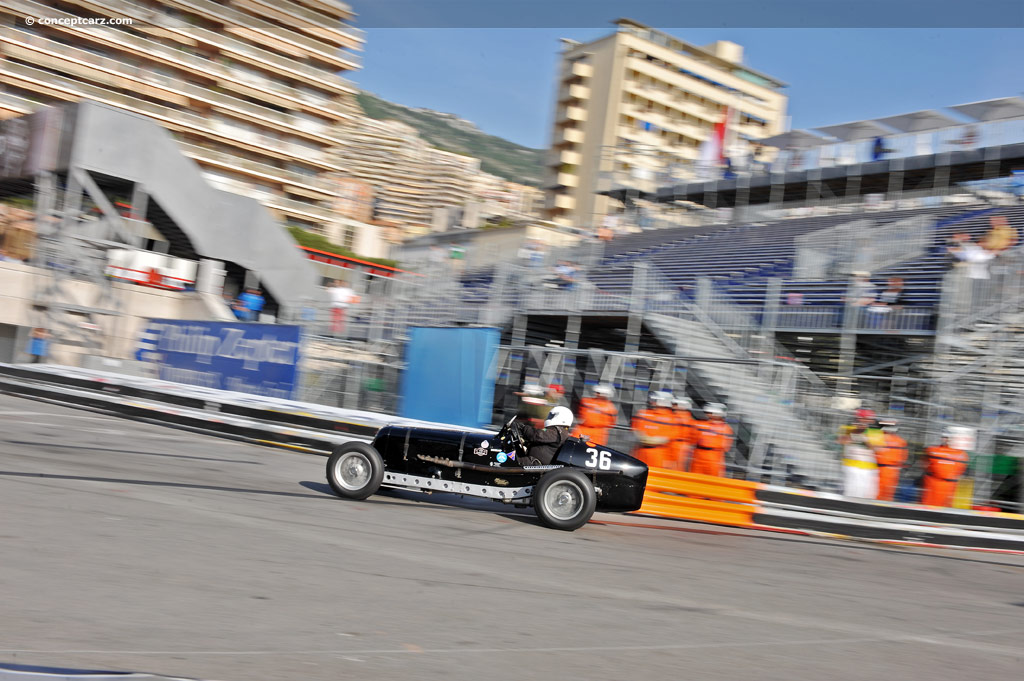
Monoposto
View info and history
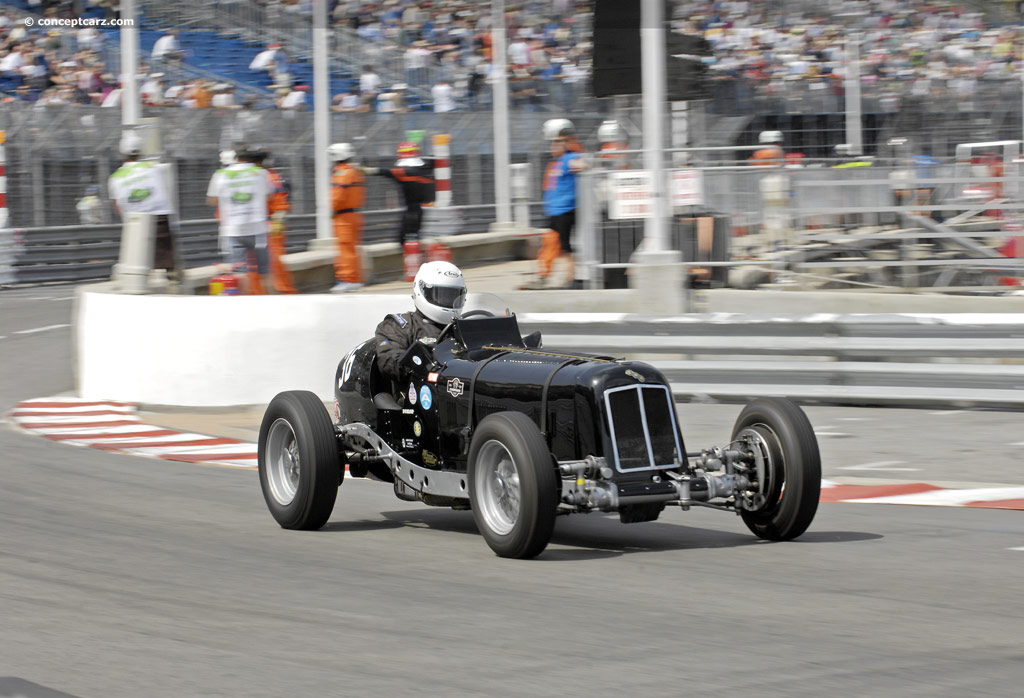
Monoposto
View info and history

Monoposto
View info and history

Monoposto
View info and history
ERA would take their older chassis and would evolve them into newer models instead of making all-new cars. This enabled the company to keep its costs down while also keeping their cars competitive. The R4D would be a sole creation for Mays. Originally, the car started out its life as R4B in 1935, but it would then be changed and modified into a C-Type boasting of a torsion bar independent front suspension.
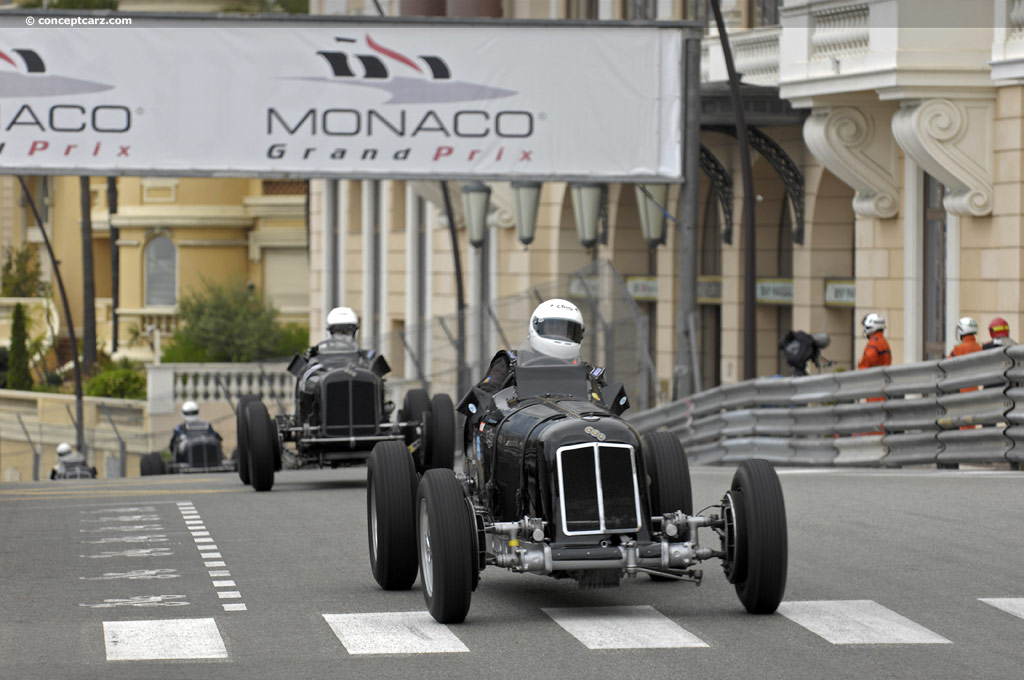
Monoposto
View info and history
Though Chamberlin would declare 'Peace in our time', the sad reality is that world war was looming on the horizon. What was also on the horizon was the end of ERA has everyone knew it. Though the company would re-emerge following the end of the war, Mays and Berthon would have moved on in their effort to start British Racing Motors (BRM).
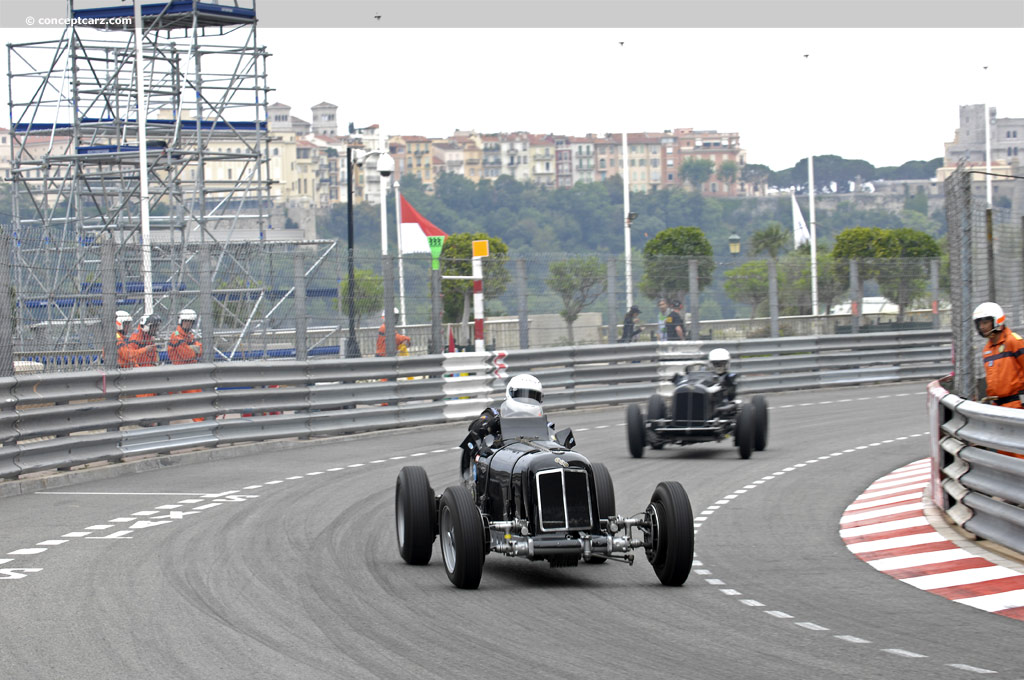
Monoposto
View info and history

Monoposto
View info and history

Monoposto
View info and history
'ERA Chassis Ownership Histories 1934 to Date', (http://www.eraclub.co.uk/section405354.html). The ERA Club. http://www.eraclub.co.uk/section405354.html. Retrieved 10 December 2012
.
'The ERA Cars', (http://members.madasafish.com/'d_hodgkinson/ERAcars.htm). The British Racing Motors. http://members.madasafish.com/'d_hodgkinson/ERAcars.htm. Retrieved 10 December 2012.The ERA Story. Video. (1995). Retrieved 10 December 2012 from http://www.motorsportworld.tv/channels/marque-histories/marquemodel-histories/348069/
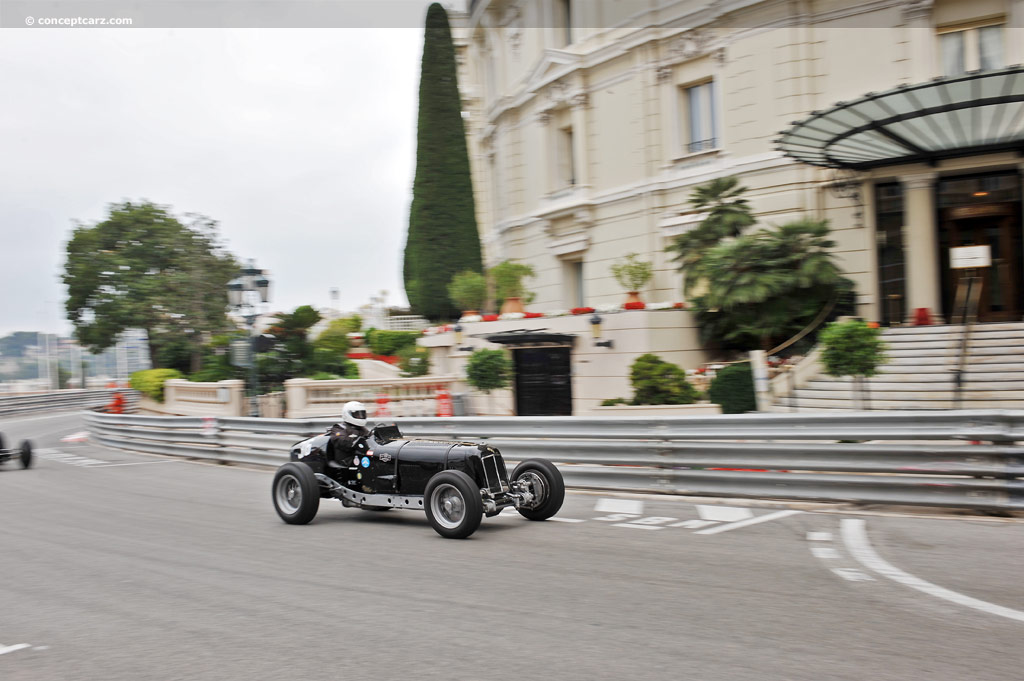
Monoposto
View info and history
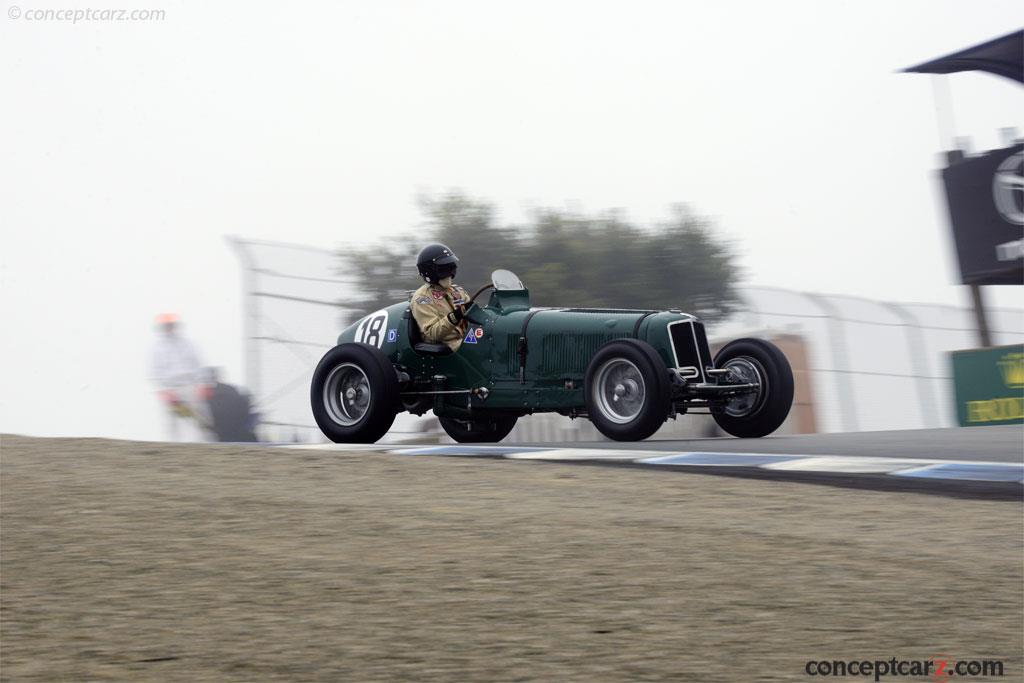
Monoposto
Chassis #: R14B
View info and history
Related Reading : Era B-Type History
It had been since 1923 and the French Grand Prix when a British car last had seen victory in a grand prix. Armed with the desire to bring an end to the drought, Humphrey Cook, Raymond Mays, and Peter Berthon bought a lot in 1933 behind the home of Mays and established English Racing Automobiles (ERA). In 1933 governments began investing in the likes of Alfa Romeo and other teams making the costs of....
Continue Reading >>
Continue Reading >>
1938 Era Type B Vehicle Profiles
Recent Vehicle Additions
Related Automotive News
The Stuff of Legend: Prince Bira, The Mighty Mouse of Siam
In the film Tombstone there is an exchange of dialogue between Wyatt Earp and Doc Holliday. The subject is life. Earp says, All I ever wanted was to live a normal life. To which Holliday responds, There is no normal life, theres just life......

1955 Syracuse Grand Prix: A Dentist Fills the British Manufacturing Cavity
Ever since Raymond Mays laid a BRM egg, the promise of British manufacturing in Formula One had been left unfulfilled and there were very few signs of that hole being filled any time soon. British manufacturing appeared disease-riddled. Therefore, it...

An Era of Perspective
Everyone loves a champion. At least that is the saying. But it isnt necessarily true. Instead, everyone loves their champion. When another proves to be equal or stronger, then all reason slips through the window when judging skill.
The lamentations...

1954 24 Hours of Le Mans: A French Bull Runs to Victory at Le Mans
Everything needs to be right amongst drivers competing for victory in the 24 Hours of Le Mans. Not only do they need to share the car over the course of a whole day but their driving styles must compliment each other. In the case of the 1954 24 Hours...

1956 24 Hours of Le Mans: The Rise of Two Counts
The 1955 24 Hours of Le Mans would end up being the darkest day in all of motorsport when Pierre Levegh launched off the back of Lance Macklins Austin-Healey and crashed into a barrier sending large portions of the car flying through the air acting...













